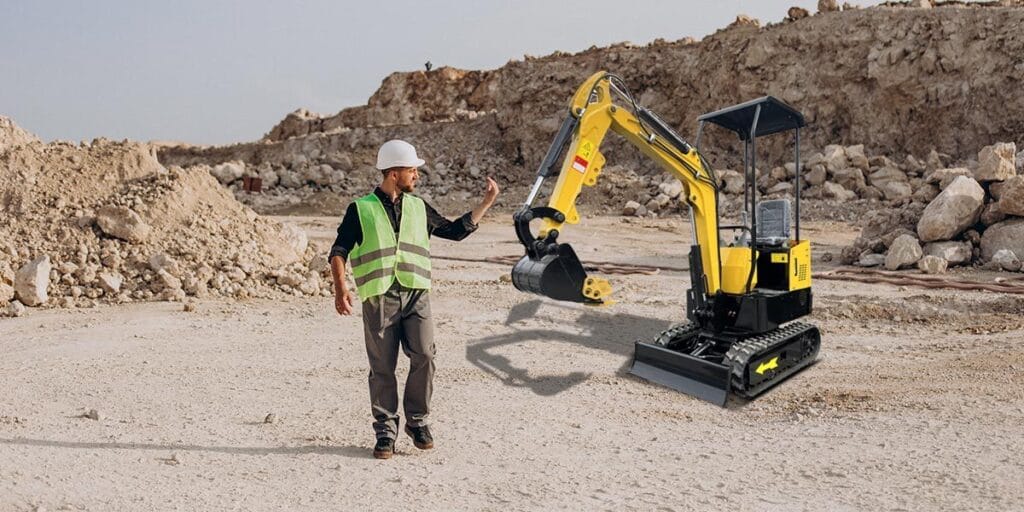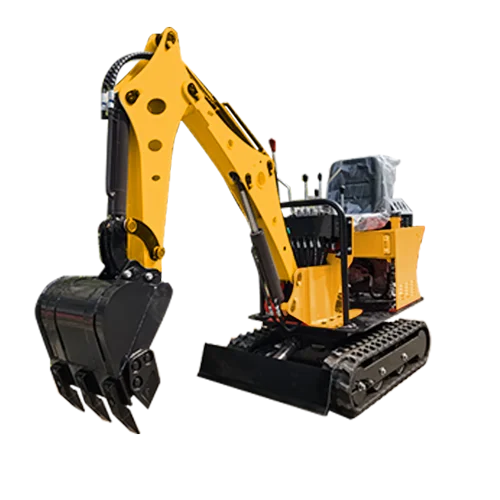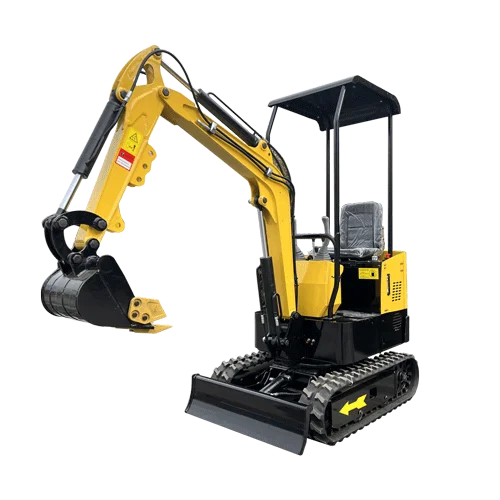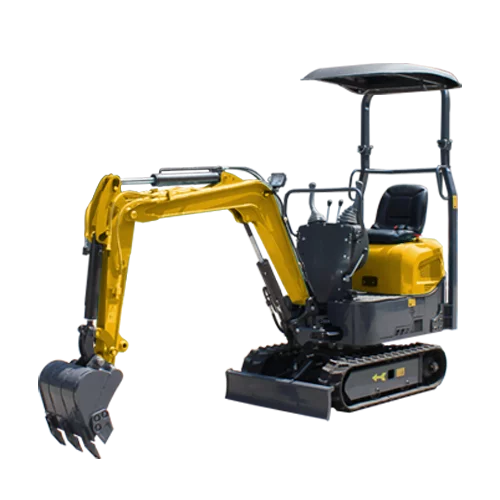Bienvenido a mi blog
Antes de sumergirnos en el contenido, me encantaría que te unieras a mí en mis plataformas de redes sociales, donde comparto más ideas, participo con la comunidad y publico actualizaciones. Así es como puedes conectar conmigo:
Facebook:https://www.facebook.com/profile.php?id=100087112105480
LinkedIn:https://www.linkedin.com/showcase/99327366/admin/dashboard/
Empecemos nuestro viaje juntos. Espero que encuentres el contenido aquí perspicaz, atractivo y valioso.
Índice
Introducción
Choosing the right wheeled mini excavator can make a significant difference in the efficiency and success of your construction or landscaping projects. These compact yet versatile machines are ideal for urban jobs, tight spaces, and projects requiring maneuverability. This guide breaks down the process into five essential steps to help you make the best decision.
Step 1: Understand Your Project Needs

Before you begin the search for a wheeled mini excavator, it’s essential to identify the specific tasks and conditions under which the machine will operate. Consider the following:
- The tasks you will perform: Are you digging, grading, lifting, or demolishing? Each function may require different specifications.
- Working environment: Will the excavator be used on smooth, paved surfaces or in rough terrains and tight urban spaces?
- Project scale and workload: Do you need a machine for light-duty work or one capable of handling heavier tasks?
By clearly defining these factors, you can make a more informed decision about the model that best fits your needs.
Step 2: Evaluate Key Features

When selecting a wheeled mini excavator, certain features can make a significant difference in performance and efficiency. Here are some features to consider:
- Engine Power: Ensure the engine provides enough horsepower to handle your tasks. A typical wheeled mini excavator offers between 25-50 HP.
- Attachment Compatibility: Determine whether the excavator can be equipped with a variety of attachments, such as buckets, augers, or grapples.
- Compact Size and Mobility: Choose a model with a size and turning radius that allows it to maneuver in restricted spaces, which is often one of the key advantages of wheeled mini excavators.
Step 3: Compare Specifications
To help you make a decision, here’s a comparison of key specifications you should evaluate:
| Característica | Importancia | What to Look For |
|---|---|---|
| Potencia del motor | Determines performance | 25-50 HP for typical tasks |
| Maximum Dig Depth | Affects project range | 6-12 feet for versatile digging |
| Capacidad de peso | Influences stability | Select based on your project’s weight requirements |
| Opciones de fijación | Enhances versatility | Multiple attachment options available |
| Cab Comfort and Controls | Impacts operator efficiency | Ergonomic seats, intuitive controls |
This table can guide you in choosing the right model based on your project requirements and expected workload.
Step 4: Assess Maintenance and Support

Regular maintenance is essential to keep your wheeled mini excavator in good working order. Consider the following:
- Ease of maintenance: Opt for models that are easy to maintain, with accessible parts and clear instructions.
- After-sales support: Ensure the supplier offers reliable customer support, repair services, and access to spare parts.
- Warranty options: Look for models that come with a comprehensive warranty covering essential components such as the engine and hydraulic systems.
Step 5: Consider Your Budget and Financing Options
The cost of a wheeled mini excavator can vary significantly based on its features, brand, and intended use. Consider the following:
- Budget planning: Ensure that your budget aligns with the machine’s price, factoring in any additional attachments or accessories.
- Leasing or financing options: If purchasing outright isn’t an option, look into leasing or financing to manage cash flow.
- Resale value: Some brands and models hold their value better than others. Research long-term ownership costs.
Conclusión

Seleccionar lo mejor wheeled mini excavator for your project involves understanding your specific needs, evaluating key features, and choosing a model that offers reliable performance and support. By following these five steps, you can ensure that your investment is worthwhile, improving both productivity and efficiency.
PREGUNTAS FRECUENTES
Q: What are the main differences between a wheeled mini excavator and a tracked model?
A: A wheeled mini excavator is ideal for smooth, paved surfaces, while a tracked model is more suitable for uneven or soft terrain.
Q: How do I maintain my wheeled mini excavator?
A: Regularly check fluid levels, clean filters, inspect hydraulic components, and ensure proper storage when not in use to extend the machine’s life.
Q: Can a wheeled mini excavator handle heavy-duty tasks?
A: While designed primarily for medium-duty work, certain models can be equipped with attachments and features that enhance their capacity for more demanding tasks.
Q: Are there different attachment options for a wheeled mini excavator?
A: Yes, common attachments include buckets, augers, hammers, and grapples, allowing the machine to be versatile for various tasks.
Q: Is it better to rent or buy a wheeled mini excavator?
A: Renting is ideal for short-term or one-off projects, while purchasing is more cost-effective for long-term or frequent use.
